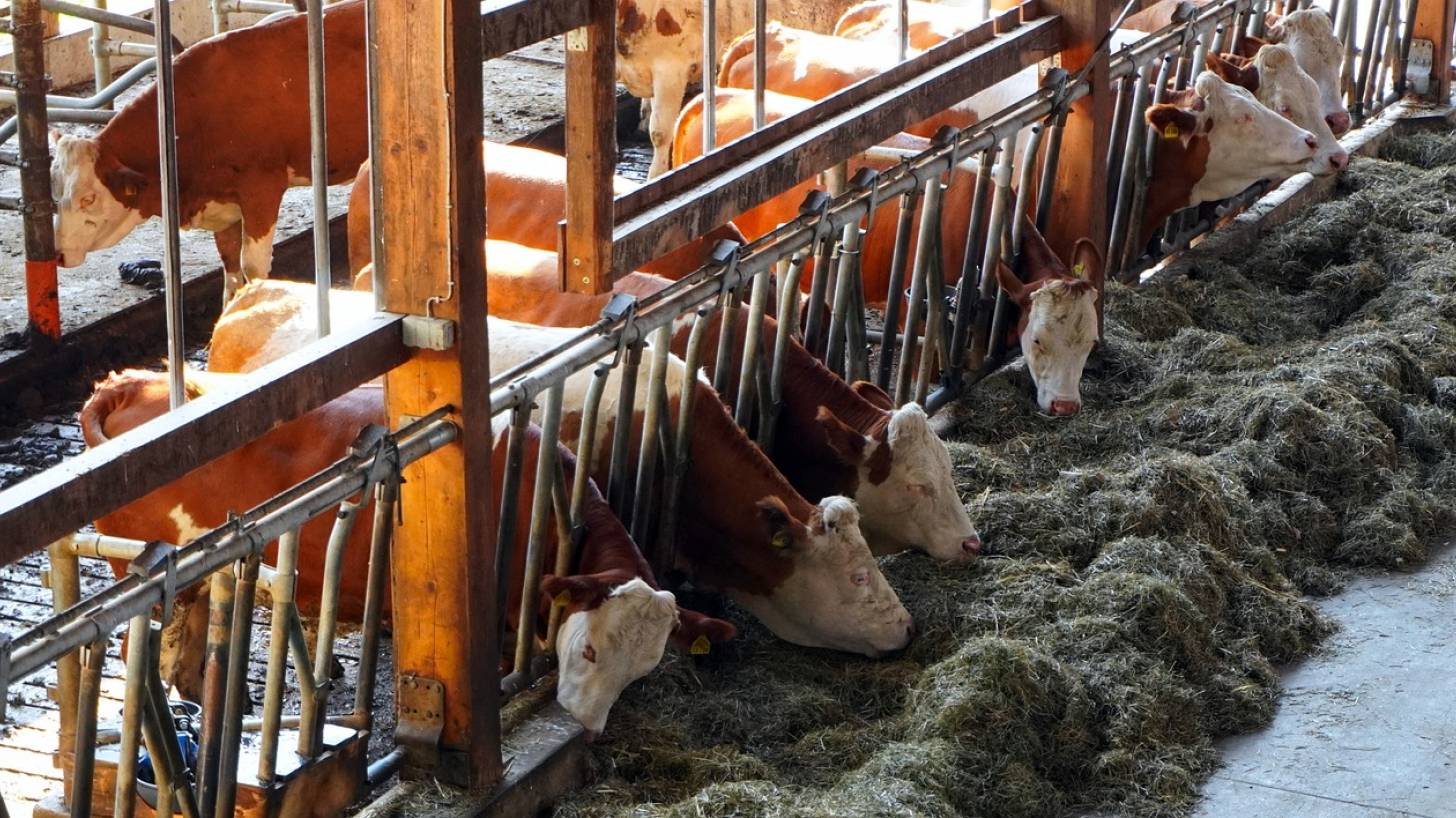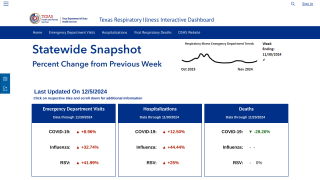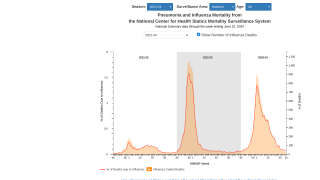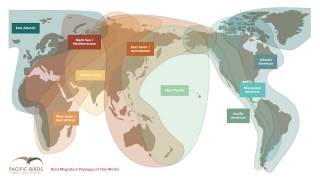Mortality Due to H5N1 Human Infections Could Decrease by Switching Receptor

The Lancet Infectious Disease recently published a Correspondence offering insights regarding the current influenza A(H5N1) outbreak in dairy cattle and poultry, raising concerns about increased risk for sustained human-to-human transmission.
On July 24, 2024, these researchers wrote that avian influenza viruses' increasing host range and ability to spread between mammals and humans raise concerns about a potential pandemic risk. This pandemic risk is a concern as mortality was 52% of the 876 influenza A(H5N1) cases reported in Europe since 2002.
Our experience from the 2009 H1N1 pandemic was that admissions to intensive care were due to H1N1 pneumonia.
They argue that the high mortality might be due to an H5N1 virus pneumonia, and should the H5N1 switch to the upper airway receptor for human influenza (H1, H2, and H3), α2,6-sialic acid (SA α2,6), we hypothesize that the mortality would be lower because most infections would be restricted to the upper respiratory tract infections and only in rare cases pneumonia.
The influenza virus hemagglutinin protein binds to sialic acid receptors on the host cells, which can be either SA α2,3 or SA α2,6. SA α2,3 is found on specific human tissues, especially lung alveoli, and conjunctiva, while SA α2,6 is predominantly found in the upper respiratory tract of humans.
The avian influenza virus uses the SA α2,3 receptor, whereas the three human influenza viruses (H1N1, H2N2, and H3N2) use the SA α2,6 receptor.
These researchers say Avian influenza can occasionally cross the species barrier from animals to humans. This transmission likely requires exposure to a high number of avian influenza viruses for the virus to reach the SA α2,3 receptor in the alveoli, after which the infected person will develop diffuse, double-sided pneumonia.
Receptor distribution also explains why conjunctivitis has been reported in at least three of the five reported human H5N1 cases infected from cattle in the USA.
Therefore, we hypothesize that if the H5N1 virus switched receptor preference from SA α2,3 to the human upper respiratory receptor SA α2,6, the virus might cause a less severe upper respiratory infection, and the mortality rate would decrease because most cases would no longer be due to influenza virus pneumonia.
Even if mortality were lower due to receptor switching, widespread transmission could still lead to a substantial healthcare burden and morbidity and mortality due to potentially high numbers of concurrent cases.
These researchers were supported by a Danish National Research Foundation grant and declared no competing interests.
The complete, unedited article is posted at this link.
As of July 30, 2024, various governments have invested in producing avian influenza vaccines, which would become available during a bird flu or cow flu pandemic.
Our Trust Standards: Medical Advisory Committee
























